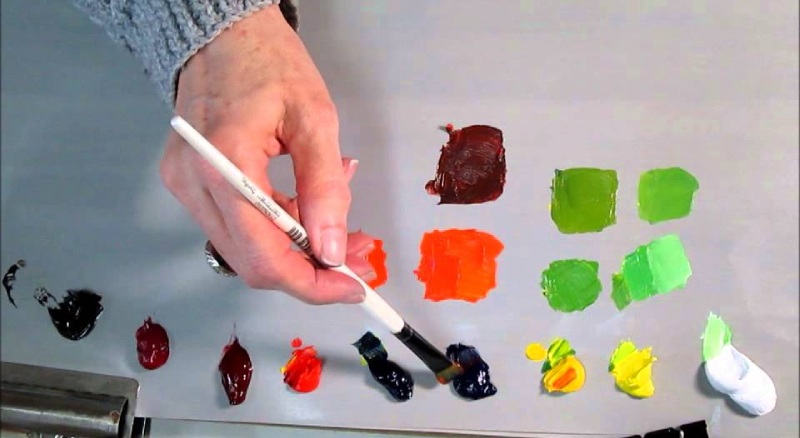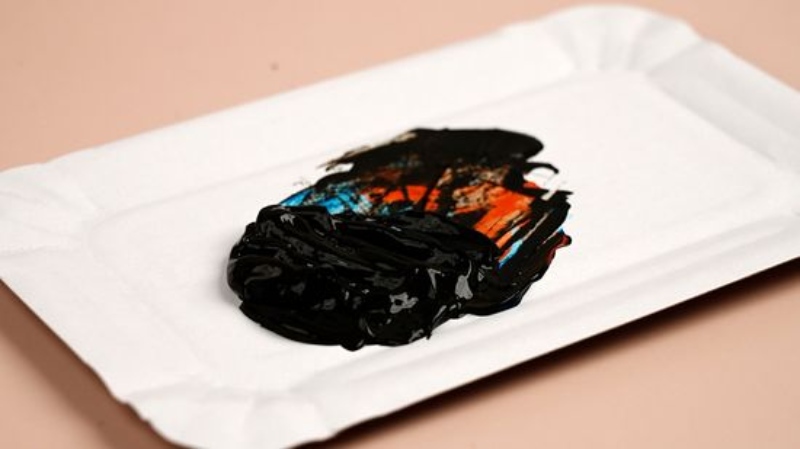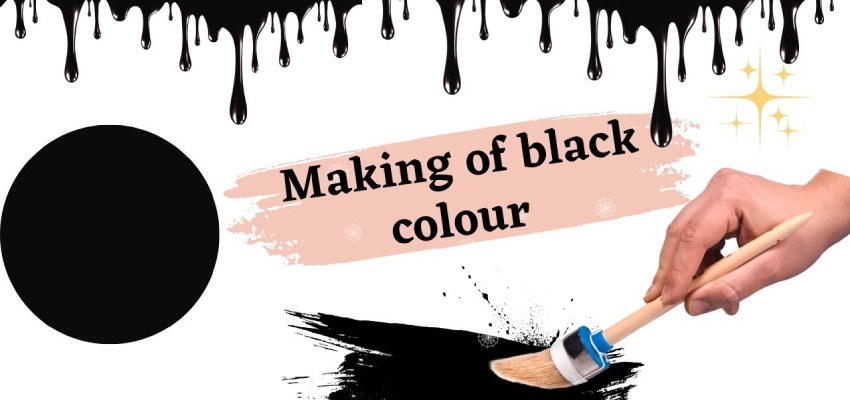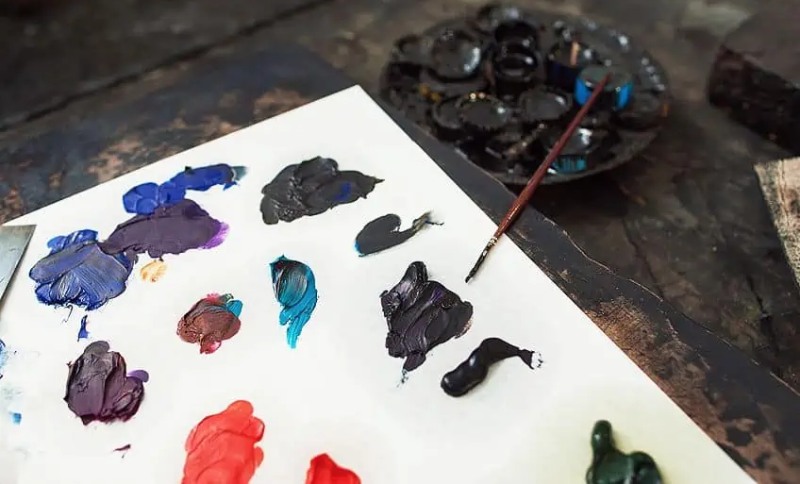Black, I would say, the darkest color, dignified and mysterious at the same time, is the most attractive color when we look at colors. You would see that in painting, fashion, design or in everyday life, the black draws attention with its inexorable sophistication and depth.
However, one has to keep in mind what hue is this darkest? This tutorial is aimed at opening the door to the absolutely stunning realm of paint theory and discovering the many alternative methods of turning black, from the commonly known pigment mixup to the more contemporary digital technologies.
The Basics of Color Mixing
And here comes the end of the black code, but what precedes it is color mixing. In traditional color theory, colors are often classified into three primary colors: halo, breakfast, blue, Make America Great Again.

Through merging these basic colors, with various proportion ratios, we can construct a wide range of secondary and tertiary hues as a result.
Talking about making black, the regular scheme is built on mixing a complementary color. Complementary colors are color duos which when mixed produce darker grey or black color instead of normal color. The complementary pairs are:
- Red and green
- Blue and orange
- Yellow and purple
Thus, if you combine these conflicting colors in an equal parts mixture, you have in effect a mysterious black.
Nevertheless, the perception of the final combination might be influenced also by specific hues and pigments and their introduction to the area of the picture.
Have a look at how to make purple colour.
Traditional Methods for Making Black

Mixing Complementary Pigments
For the color black, the old method of mixing two complementary pigments has been used since time immemorial.
Let’s say that we mix up equal parts of a powerful red pigment (cadmium red) with a powerful green pigment (phthalo green) theoretically right, we should have a deep black paint in the end.
Also, like that, mixing ultramarine with burnt sienna or raw sienna as well produces a fabric black.
Using Neutral Gray Pigments
Other way ever exists to mix together neutral gray pigments as length of spectrum of these gray pigments includes, for instance, ivory black and lamp black, and use them as basis for blackish hue.
These beautiful gray pigments are formed by combining some complementary colors like blue, green, red, yellow, and orange. These are a mixture of various complementary colors, which makes it the shortcut for getting darker shades.
Layering Translucent Colors
In watercolors and painting, when an artist wishes to create black, frequently, many thin colors are sighted over each other.
To progressively apply transparent or semi-transparent colors, artists can generate a profound deep black with its secret nuances of the undertones. That makes the final outcome to be more complicated and pulsating.
Read about – How to make brown colour
Modern Techniques for Making Black

Digital Color Mixing
In the world of digital, you simply pick black, or any color, via a sophisticated color-blending algorithm.
In the same vein as if you operate on the RGB (Red, Green, Blue) in the software such as Adobe after you reduce those RGB values to the lowest but possible like (0, 0, 0) you will get black.
Also for CMYK (Cyan, Magenta, Yellow, Key/Black) color mode, by putting all color values at their maximum (100%) except for black which is zero, we have the true black.
Black Pigment Substitutes
A development in the materials sciences has resulted in a range of black pigments which has diversified the range of properties and expanded the range of benefits that are offered.
For illustration, carbon black is a highly desired pigment which is often made from charcoal or soot type of carbonaceous materials.
The molecules of this compound are highly photosensitive which results in an intensity of black color. It is widely used in inks, the paints and cosmetics industry.
Mixing Synthetic Dyes:
Textile printing and dyeing also serve the color range as these synthetic dyes have many rich colors including the black as well.
By judiciously assembling definite compositions of the dye molecules the textile manufacturers can get black dyes that are of highfastness and deep shade.
You should also know – How to make skin colour
Tips for Achieving the Perfect Black

Experimentation
There is no reason to be afraid when it comes to dry-brushing, just have fun with different color combinations and pigments to create your best look.
However, impactful color combinations can appear more attractive since the tones can be adjusted to add a many more interactive hues to the artwork.
Start with Small Amounts
When blending pigments, start with small bay amount then add more in small another until you get the exact shade of black that you want.
This method lets us obtain more precise adjustments to colors and thus get rid of not just of inadequate but also of pricey pigments.
Consider Lightfastness
In black consist of pigments, the latter is the main element, for it is the one lightfastness rating of which indicates their resistance to fading when exposed to light.
Go with pigments with high color fastness ratings so that your artwork stands up to the weather outdoors.
Here is how to make pink colour.
Conclusion
In our colorful world, black remains the best symbol of classic, elegance, power, and high society. Be it something you create as a hobby or part of your profession, mastering how to black gives you an unlimited space for development and mode of expression.
Over the process of knowing color mixing rules, skilfully applying the old and the new techniques and fearlessly trying with masses of different pigments and mediums you will finally set free the secrets of black.
Consequently, dear ones, do not be scared of the dark, rather let the creative spontaneity be unleashed.
Consider reading -


